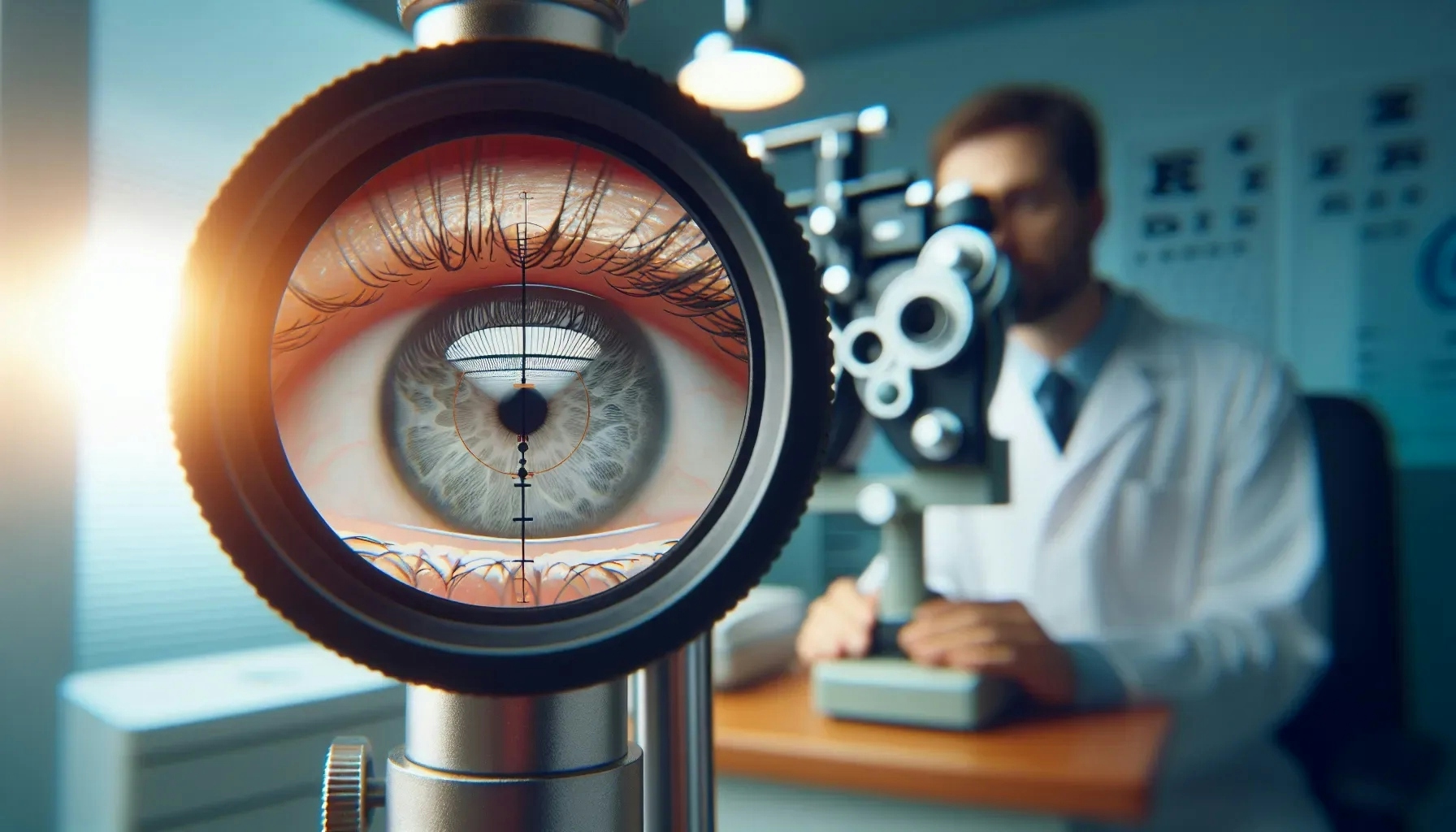What Unique Challenges Arise When Fitting Contact Lenses?
Optometry Magazine

What Unique Challenges Arise When Fitting Contact Lenses?
When it comes to the precise art of fitting contact lenses, an Optometrist discusses their empathetic approach to addressing patient reluctance with education. Alongside this expert perspective, we've gathered additional answers that delve into the hurdles encountered in the field. From ensuring accurate assessments and measurements to managing patient expectations, discover how professionals navigate these specialized challenges.
- Patients’ Resistance to Healthier Options
- Suboptimal Fit Discouraging Lens Usage
- Matching Lens Material to Prescription
- Obtaining Accurate Corneal Measurements
- Selecting Proper Lenses for Lifestyle
- Managing Patient Expectations
Patients’ Resistance to Healthier Options
One unique challenge I encountered was with patients who had been accustomed to wearing monthly contact lenses prescribed by another doctor but were hesitant to switch to a healthier daily lens option. Many of these patients were initially resistant to the concept of daily disposables due to concerns about cost and convenience. To overcome this challenge, I took a personalized approach, focusing on education and empathy.
First, I explained the benefits of daily disposable lenses, emphasizing their superior hygiene, comfort, and reduced risk of complications compared to monthly lenses. I addressed their concerns about cost by highlighting the long-term savings associated with fewer lens replacements and lower risk of eye infections. Additionally, I empathized with their apprehension about changing their routine and assured them that I would provide guidance and support throughout the transition process.
By taking the time to educate and empathize with these patients, I was able to alleviate their concerns and build trust in the benefits of daily disposable lenses. I also emphasized the importance of prioritizing their eye health and overall comfort, ultimately helping them make the transition to a healthier and more convenient contact lens option.

Suboptimal Fit Discouraging Lens Usage
Fitting contact lenses involves considering the unique condition of the wearer's ocular surface, such as dry eyes or allergies, which can greatly affect comfort and wearability. A thorough examination of the eye's surface is important to determine what type of lens material and solution is best suited for the individual. This is because some materials may interact poorly with certain conditions, leading to discomfort or even damage to the eye.
Inadequate assessment can result in a suboptimal fit, causing irritation and potentially discouraging the wearer from using contacts altogether. It's essential to investigate these conditions carefully before recommending a contact lens.
Matching Lens Material to Prescription
The diversity in contact lens materials presents an array of options, but it also introduces the challenge of identifying the most compatible type for each individual. Not every material is suitable for every wearer; for example, someone with a high prescription might require a different material than someone who has a lower prescription or astigmatism. Additionally, the oxygen permeability of the lens material is an important factor for eye health and comfort, which must be matched to the wearer’s needs.
Selection of the improper material can result in discomfort, reduced wear time, or even adverse reactions.
Obtaining Accurate Corneal Measurements
Measuring the curvature of the cornea is a critical step in fitting contact lenses, as a precise fit is essential for clear vision and eye health. Without an accurate measurement, the lens may not sit properly on the eye, which can lead to blurred vision or discomfort. Advanced tools and techniques are often required to obtain these measurements, which can present a challenge for some eye care providers.
Even small inaccuracies can make a significant difference in the overall fit of the lens. Expertise in corneal topography, the process of mapping the cornea’s surface, is a vital skill for providers fitting lenses.
Selecting Proper Lenses for Lifestyle
The successful use of contact lenses is not solely dependent on the physical fit but also on how well they align with the wearer's lifestyle. For example, someone who is frequently outdoors and exposed to dust and wind may need a different lens design or material than someone who spends most of their time indoors. Exercise habits, work environment, and even typical screen time can influence the type of lens that is appropriate, as each of these factors can affect lens comfort and eye health.
Therefore, it is a unique challenge to match the lens type not only to the shape of the eye but also to the wearer’s daily activities.
Managing Patient Expectations
When prescribing contact lenses, it is crucial to manage the wearer’s expectations by providing clear information about the lenses' capabilities and the realistic outcomes that can be expected. Unrealistic expectations can lead to dissatisfaction with the lenses, improper use, or abandonment of the lenses altogether. Proper education on the adaptation period, the importance of proper lens care, and maintenance routines is crucial for long-term success.
It is also important to set realistic timelines for how long it may take to get used to wearing contacts. Ensuring that wearers have a good understanding of what to expect will help them adhere to recommended usage practices.